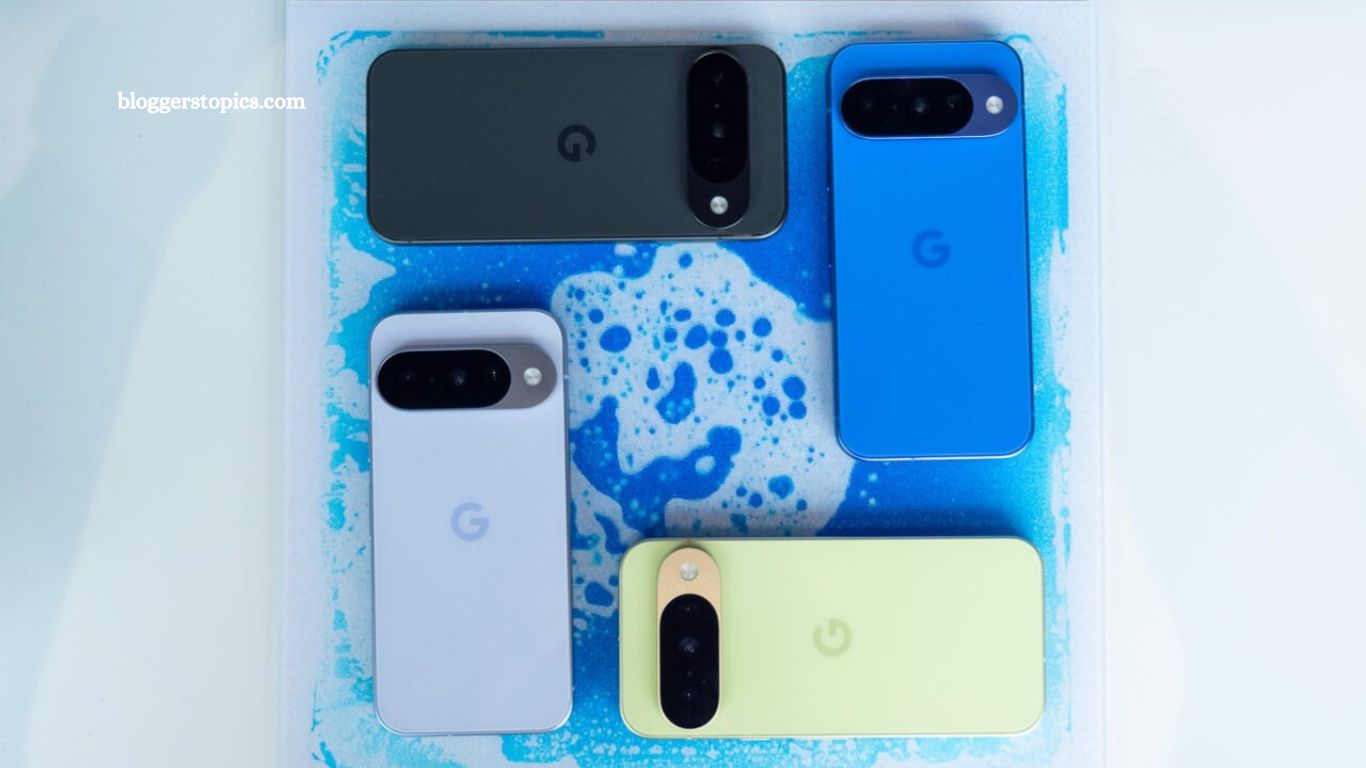The promise of real-time translation has dangled in front of us like the future of effortless global communication. From the early days of Google Translate to Samsung and Apple’s own attempts at breaking language barriers, tech companies have teased a world where conversations between people speaking different languages flow as naturally as chatting with a neighbor. Yet, despite rapid progress in translation apps, reality has consistently fallen short. The dream of truly seamless communication has remained elusive until now.
At its recent Made by Google keynote, the company unveiled a groundbreaking advancement that could finally change the game: real-time translation that doesn’t just convert your words into another language but deepfakes your actual voice, replicating tone, cadence, and personality. The result? Conversations that sound like you—just in another language.
This article takes a deep dive into Google’s latest innovation, exploring its technology, implications, privacy concerns, and what it could mean for the future of human communication.
Read More: Trump’s Labor Department Promotes Worker Support Using AI-Generated Image
The History of Real-Time Translation: A Long Road
Since the launch of Google Translate in 2006, machine translation has become a daily tool for millions worldwide. Translating menus, signs, emails, and even full webpages became effortless. But spoken, real-time conversation? That has always been the holy grail.
Despite steady progress, translation tools have historically struggled with:
- Speed: Human speech is fast-paced, with rapid back-and-forth exchanges. Translation apps often lagged behind.
- Accuracy: Direct translation can miss nuances, idioms, and cultural references.
- Natural Flow: Mechanical pauses, monotone voices, and robotic delivery have made conversations stilted.
These limitations meant that while apps were useful, they never quite captured the rhythm of natural communication. The gap between translation and conversation remained wide.
Google’s Breakthrough: Real-Time Deepfake Voice Translation
During its Made by Google event, the company demoed a feature that stunned even long-time skeptics: a translation tool that not only converts speech into another language instantly but also clones the speaker’s voice in real time. Imagine speaking English and having your listener hear you in flawless Spanish, French, or Mandarin—in your own voice.
How It Works
- Voice Replication: The system generates a synthetic version of your voice.
- Instant Translation: Speech is translated and then rendered using your vocal tone and inflections.
- Bidirectional Communication: The feature works both ways, enabling two speakers to converse naturally while each hears the other in their own language.
Gizmodo’s Senior Editor Raymond Wong captured a demo where late-night host Jimmy Fallon’s voice was transformed into Spanish in real time. The effect was uncanny: it sounded like Fallon himself had switched languages seamlessly.
Behind the Tech: Gemini Nano and Tensor G5
At the core of this innovation is Gemini Nano, a compact version of Google’s powerful large language model. Paired with the Pixel 10’s Tensor G5 chip, the system can process translation and voice replication directly on the device.
Why On-Device Matters
- Privacy: Conversations aren’t uploaded to the cloud, reducing risks of voice data storage and misuse.
- Speed: Local processing reduces latency, delivering near-instant translations.
- Security: Sensitive conversations, especially those involving biometrics or financial details, remain private.
Still, the idea of real-time deepfaked voices raises eyebrows. Even if the system is secure, it highlights just how far synthetic media has come—and how easily it can replicate us.
Privacy and Ethical Concerns
While this breakthrough feels revolutionary, it isn’t without complications.
The Privacy Debate
Deepfaking your voice—even temporarily—creates new risks. Voices are increasingly used for biometric authentication in banking, security, and customer service. A cloned voice falling into the wrong hands could lead to identity theft and fraud.
Ethical Questions
- Consent: Should people always be informed if they’re speaking to a voice-cloned system?
- Misuse: Could this technology be exploited for scams, fake phone calls, or impersonations?
- Trust: As AI-generated voices become indistinguishable from real ones, verifying authenticity will be harder than ever.
Google has attempted to preempt some of these issues by keeping translation local on the device. But the existence of such powerful tools inevitably fuels debate about responsible use.
The User Experience: First Impressions
Early impressions from Google’s demo were surprisingly positive. Not only was the translation accurate, but it also captured inflections and tone, making conversations feel more authentic.
One bilingual viewer confirmed that the translations were spot-on, both in meaning and delivery. While there’s still room for error—especially in idiomatic or regional language use—Google appears to be closer than ever to making seamless multilingual conversations a reality.
Comparing with Rivals: Apple and Samsung
While Google has taken the lead here, rivals aren’t far behind.
- Apple has steadily improved its translation app but has yet to unveil real-time voice replication.
- Samsung has pushed translation within its Galaxy Buds but remains reliant on more conventional text-to-speech conversions.
Google’s advantage lies in its integration of powerful AI models and custom chips, optimized specifically for features like this. The Pixel 10 may become the benchmark for translation-enabled smartphones.
Potential Applications
If successful, this technology could transform industries and daily life.
Travel and Tourism
Tourists could navigate foreign countries effortlessly, conversing naturally with locals.
Business and Negotiations
International meetings could be conducted without interpreters, preserving nuance and building trust.
Healthcare
Doctors could communicate with patients across language barriers without losing empathy and personal connection.
Education
Students worldwide could learn from teachers regardless of language, enhancing global access to education.
The Creepy Factor: Deepfakes in Everyday Life
There’s no denying the unsettling aspect of this innovation. We’ve officially reached a stage where instantaneous deepfakes are part of consumer tech. That means:
- Voice cloning could soon become as easy as using a translation app.
- Conversations could blur the line between authentic and artificial.
- Security systems relying on voiceprints may need urgent rethinking.
The implications extend beyond translation, hinting at a future where every aspect of human communication can be synthesized.
The Road Ahead
While Google’s demo is impressive, questions remain:
- Scalability: Will this work across dozens of languages with equal accuracy?
- Battery Impact: On-device AI requires significant processing power. How will it affect device performance?
- Adoption: Will users trust and embrace cloned voice translations?
The technology is still new, and real-world performance will determine its success. If it holds up outside controlled demos, Google may have truly cracked one of tech’s longest-standing promises.
Frequently Asked Questions
What is Google’s new real-time translation feature?
It’s a tool that translates your speech instantly into another language while replicating your own voice, making conversations sound natural and personal.
How does the voice cloning part work?
Google uses AI models like Gemini Nano to deepfake your voice in real time, preserving tone and inflection while translating.
Is the feature available on all devices?
Currently, it’s designed for the Pixel 10 series, powered by the Tensor G5 chip, which supports on-device AI processing.
Does this feature work offline?
Since it runs on-device, it can work without sending data to the cloud. However, some language packs may still require downloads.
Is my voice data stored by Google?
According to Google, processing happens locally on your device, meaning your voice is not uploaded to the cloud.
Can this technology be misused?
Yes. Voice cloning raises risks of fraud, impersonation, and identity theft. However, Google has emphasized privacy safeguards.
How accurate is the translation?
Early demos suggest it’s highly accurate, capturing both meaning and tone, though regional dialects and idiomatic phrases may still pose challenges.
Conclusion
After decades of overpromising and underdelivering, real-time translation may finally be within reach—and Google is leading the way. By combining instant translation with voice cloning, it has created a tool that feels less like a gadget and more like magic.Yes, it’s unsettling to think of AI cloning our voices. Yes, it raises questions about privacy and misuse. But the potential for connection, understanding, and breaking down barriers is enormous.







